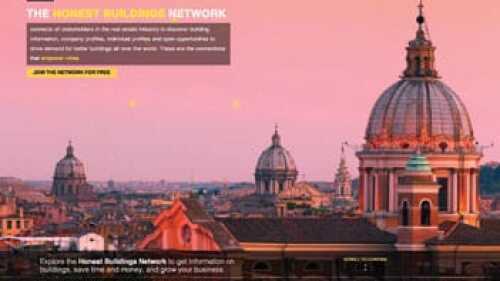Mixed-Use
A new public/private, mixed-use Uptown project unites celebrated but disparate institutions in Cleveland’s University Circle district.
According to a newly released NAHB survey, buyers in 2013 are looking for bigger homes again, but also want energy-efficiency and plenty of storage.
Single-family housing starts are expected to rise 22 percent in 2013, according to a report from the NAHB’s convention in Las Vegas. “Housing is finally doing its job in leading the economy out of recession,” said David Crowe, NAHB’s chief economist.
An aerotropolis around Denver International Airport would build on the airport’s access to the world.
Finding detailed information on buildings—as well as the companies and people associated with them—is expensive, time consuming, and often difficult. But a new website, Honestbuildings.com, is intended to make such information as easy to find—and relationships as easy to build—as it is to look up old college roommates on Facebook.
Deep in Hong Kong’s core, 17 floors of a run-down building full of transients provide a key to understanding globalization from the bottom up. Gordon Mathews’s new book paints a detailed portrait of life in and around Chungking Mansions.
Capitalizing on an old warehouse district helped turn around a downtown.
Denver’s historic train station is being re-created as a multimodal transit center, hotel, and shopping venue. And it is already spurring development in the Mile High City.
Natural assets, combined with inventive design, help transform a global gateway.
Generation Y and Boomers are both challenging assumptions about the primacy of suburban homeownership. More than ever, renters and homebuyers are focusing on a sense of place and amenities rather than on the size of their homes.








